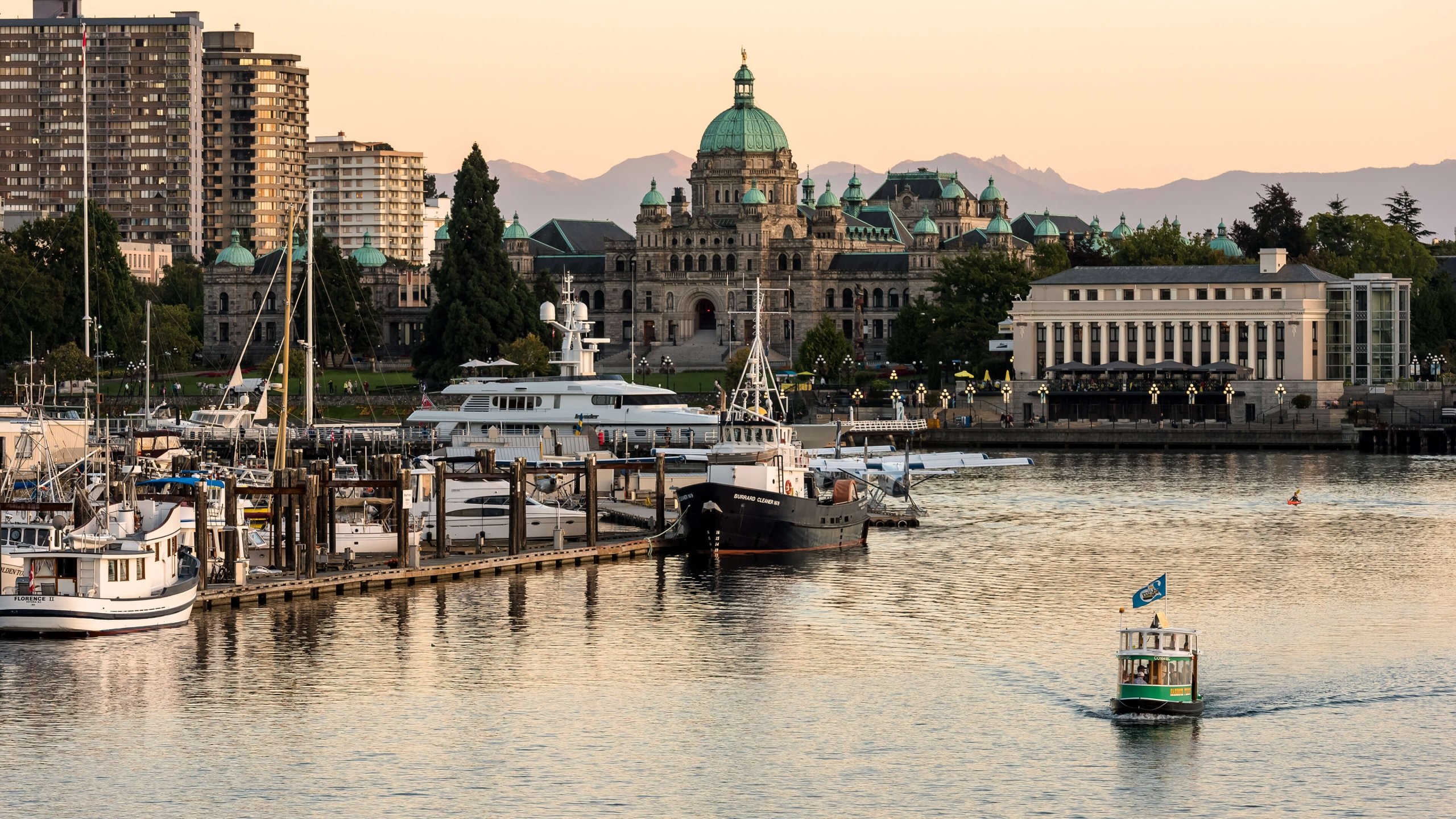Discover the wilderness just outside Victoria
Length -

Adorned with flowers and colonial architecture, Victoria is a wanderer's paradise. Admire the beauty of the ocean and reflect on the area's history as you explore this vibrant city where students and politicians alike get around by bike.
With a nod to its English heritage, British Columbia’s capital is filled with gardens and seafront parks, stately hotels and museums, bohemian eateries, and craft brewers. It is also the gateway to southern Vancouver Island, a destination for food and wine touring, whale watching, and ocean adventures of all kinds.
Discover more about Victoria—BC’s vibrant capital city, where history boasts an ocean view.
Visit Destination Greater VictoriaSee what's happening now with these recent posts.
Visitors to British Columbia can arrive by air, road, rail, or ferry.
Visit TodayFive-star hotels, quaint B&Bs, rustic campgrounds, and everything in between.
Rest Your Head